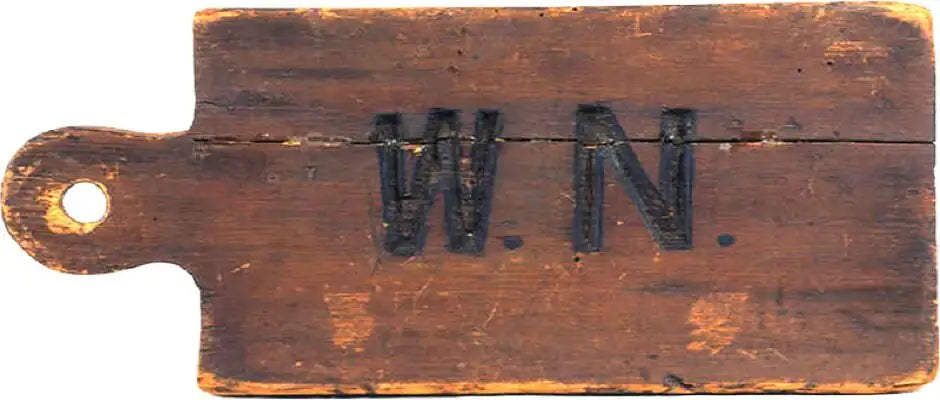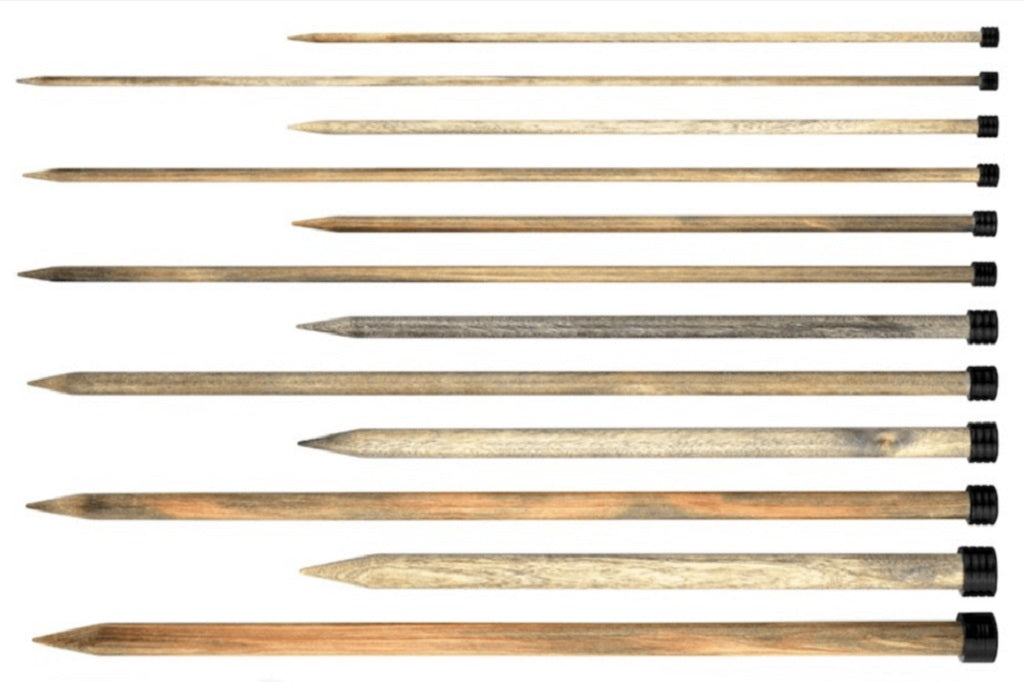Yarn Shop
Welsh Blankets
Clearance Sale
Craft Courses
Welsh Not - A Form of Punishment
Welsh Not or Welsh knot? - What was the Welsh Not?
The Welsh Not is spelt without the letter "k" - the not isn't a knot as in a piece of string but the instruction "NOT" to do something. The Welsh Not was a punishment used in the 19th and early 20th centuries to discourage Welsh children from speaking Welsh in schools. A wooden plaque labeled "Welsh Not" or "WN" was placed around the neck of any child caught speaking Welsh. This reflected efforts to replace Welsh with English, especially after the Treachery of the Blue Books report in 1847. The practice faded by the late 19th century, though restrictions on Welsh in courts lasted until the Welsh Courts Act of 1942.
Welsh Not - How it Worked
- In the 19th century and early 20th century, Welsh school children were instructed by teachers NOT to speak Welsh in school.and to speak English instead.
- If a child was caught speaking Welsh, a piece of wood with the words Welsh Not or often just WN was hung around their necks until the next child was caught - the Welsh Not punishment.
- The WN piece of wood was then passed to the next child.
- In some cases, the child wearing the Not at the end of the day might even face corporal punishment.
This shameful practice reflected a time when English was seen as the language of progress, and Welsh was discouraged. Thankfully that era is a distant past!

Welsh Not - A Personal Memory
Courtesy of a Message sent to us by "Rob"
This is truly sad personal message passed to us concerning the shameful Welsh Not era.
Rob says, "I have personal knowledge that the travesty continued into the 1930s. My mother, who was in school in Ebbw Vale then, spoke very little Welsh but still remembered her 6 whacks with a dap at the end of several days there. She remembers a slightly different sign, made of thick cardboard (but I think she meant hardboard) with 'I am so stupid I speak Welsh' written on it. Also, a Mrs Hughes, of about the same age, told me that she was similarly punished at the end of almost every school day. I consider her as a reliable source. She was, when I knew her in the late 1970s, the head of the geography dept. of a prestigious private girl's school in rural Bedfordshire and was running Welsh Language evening classes in Bedford. She was brought up in Newport Pembrokeshire. Her recollection was that at her school each teacher had a 'Welsh Not' paddle and would give it to the first child they 'caught' using Welsh. It was then up to the child to pass the dreaded thing on to another child who they 'caught' speaking Welsh. At the end of the school day the paddle would be used to spank the child wearing it. She was very shy and reluctant to pass her paddle on to anyone else so got beaten frequently. After a term or two of this she decided that she would never pass the paddle on, it became a battle of wills between her and the teaching staff. Some of them stopped giving out paddles, but Mrs Hughes (whatever her name was then) still ended up almost every day wearing one and sometime two or three! I remain glad that the shameful Welsh eradication process did not work and continue my efforts to learn my mother tongue. I am still not fluent at 73".
The Welsh Not punishment, truly shameful...

Brad y Llyfrau Gleision, or Treachery of the Blue Books
In the late eighteenth and nineteenth centuries, attempts were made to improve Welsh school children's knowledge of the English language. In 1846 the Westminster Parliament commenced a review of education in Wales which reported on 3rd April 1847.
The report caused a furore and a great deal of agitation in Wales because of the arrogant remarks of the three non-Welsh speaking Anglican commissioners. Their comments concerning the Welsh language, Nonconformity and the social morals of Welsh people in general were considered an outrage. As a result of this outrage, the Report (published in blue covers) came to be known as 'Brad y Llyfrau Gleision', or 'Treachery of the Blue Books'.
One of the inevitable results of the report was that ordinary Welsh people began to believe that they could only improve themselves socially through education and the ability to speak and communicate in English.
When did the Welsh Not end?
The Welsh Not was used in schools from as early as 1798, throughout the early 1800s, as late as the 1870s. Strong evidence exists of its usage in Carmarthen, Cardigan and Meirionnydd prior to the 1870s.
Welsh Courts Act 1942
The Laws in Wales Acts of 1535–1542 which made speaking Welsh in court illegal remained in place until the Wales Courts Act of 1942.
About FelinFach
Located in Pembrokeshire Wales, our ethos is defined in the three words...
NATURAL TRADITIONAL HANDMADE.
- Hand woven iconic Welsh blankets.
- Hand dyed yarn, dyed with natural dyes only - no exceptions!
- Handmade candles, candle accessories and Candle Making Workshops.
- Natural Dyeing Craft courses.
- Yarn shop, yarn bowls, project bags, tools and accessories for knitters and crafters.
- Welsh Gifts, souvenirs, made in Wales, handmade in Wales.
We are a proud supporter of Americymru, the Campaign for Wool, Global Welsh and Red Dragon America.
Last updated 2nd April 2025






















